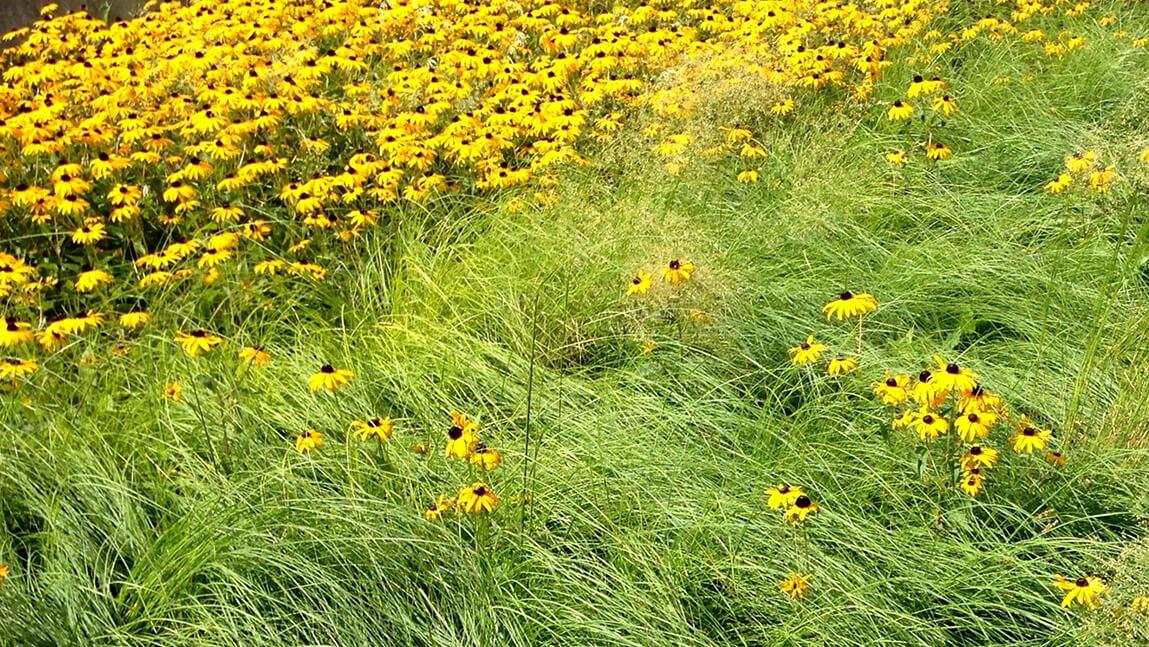By Bonnie Kirn Donahue
Extension Master Gardener
University of Vermont
Like many things in nature, plants come in all shapes, sizes and growth tendencies.
Some work best in an informal setting while others are ideal for a formal garden. Understanding the growth characteristics of plants can help you make the best choices for your garden aesthetic as well as the amount of time you want to spend on care and maintenance.
Some plants spread as far as they can reach, while others stay in place and slowly expand their range. Others fall somewhere in-between. Each growth habit lends itself to a certain garden style or outcome. This is helpful to know, depending on whether you want to create an informal or formal garden.
Informal gardens have a more naturalized look than formal gardens. You may not be able to see mulch or the ground in these gardens as plants grow close together. Plants may be allowed to spread or self-seed, mixing with neighbors or popping up in new areas of the garden each year.
Perennials and grasses that spread by seed or roots would be good choices for an informal garden. Perennials such as black-eyed Susan (Rudbeckia fulgida var. sullivanti 'Goldsturm'), Butterflyweed (Asclepias tuberosa), creeping phlox (Phlox subulata) and purple coneflower (Echinacea purpurea) gently naturalize by seed, though not aggressively. More vigorous spreaders include common milkweed (Asclepias syriaca), chives (Allium schoenoprasum), tickseed (Coreopsis verticillata) and ornamental grass prairie dropseed (Sporobolus heterolepis).
In formal flower gardens, plants may be arranged specifically by height or placed at particular locations to create a design. These gardens typically have more order and balance or symmetry. The plants tend not to spread so you may see obvious separations between plants and may or may not see more of the ground.
To achieve a garden like this, try to select plants that spread less and more slowly. Daylilies (Hemerocallis spp.) are a good example of this. While they do grow bigger, they mainly keep to their own clump, and it is up to the gardener to divide and transplant over time. Peonies (Paeonia spp.) are another perennial that stay in the same place and can be divided over time.
False indigo (Baptisia australis), Catmint (Nepeta racemosa 'Walker's Low') and New England aster (Symphyotrichum novae-angliae) are perennials that tend to stay put. Grasses such as little bluestem (Schizachyrium scoparium) and big bluestem (Andropogon gerardii) also are good picks.
Although you can use plants that spread vigorously by seed in this type of garden, keep in mind that you will need to weed out seedlings to keep the plant in one place. This approach works but requires a high level of maintenance.
For more ideas for plants for informal or formal gardens, check out go.uvm.edu/garden-plants. This plant list includes information on garden perennials and their growth habits, sun/shade requirements and other characteristics.
